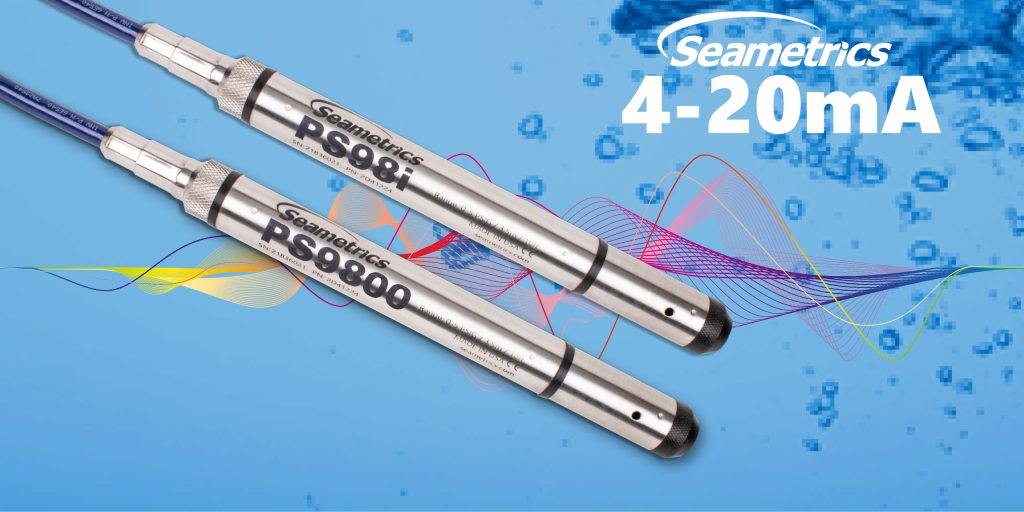
In a world dominated by digital technology, it might seem surprising that 4-20mA water level sensors remain widely used. Why stick to this analog method when digital options are available? To answer this question, let’s delve into how 4-20mA water level sensors work and where their advantages lie.
How Do 4-20mA Sensors Work?
A 4-20mA signal is a common protocol employed across various industries for a multitude of applications. It involves transmitting an analog signal through a two-wire current loop. This method is commonly used to measure non-electric physical quantities like temperature, pressure, and position. The signal represents values on a 4-20mA scale.
The sensor converts the physical quantity being measured into an electrical signal, typically ranging from 0 to 100% of the sensor’s capacity. For instance, on a 50PSIg pressure sensor, 4mA corresponds to 0 PSIg, while 20mA represents the maximum, 50 PSIg. The varying signal between 4mA and 20mA indicates changes in the measurements over time.
For the signal to function, 4-20mA sensors require power to generate readings. They are usually powered by DC voltage ranging from 9 to 24VDC, readily available in many industries.
Advantages of 4-20mA Sensors
4-20mA sensors offer advantages that digital sensors simply cannot replicate. The 4-20mA signal is more stable and less susceptible to noise compared to voltage and digital signals. This stability allows for longer transmission distances without compromising signal quality.
Moreover, the signal remains unaffected by voltage drops in the connecting wiring, and the loop can supply power to the device. Even with significant electrical resistance in the line, the current loop transmitter maintains the correct current, up to its maximum voltage capability.
Another advantage is the “live zero” feature. If the cable is cut, the current loop is broken, resulting in a 0mA signal. This indicates a clear loss of signal, making it easier to detect and troubleshoot compared to digital communications, which may not provide such clear indications.
4-20mA Sensors in Telemetry Systems?
Contrary to common belief, 4-20mA sensors can be used in remote systems that transmit data wirelessly. Many telemetry systems support the 4-20mA protocol. This compatibility simplifies troubleshooting by allowing users to monitor the raw 4-20mA reading for any disruptions.
Furthermore, 4-20mA sensors offer versatility, easily transitioning from one application to another. For example, a sensor used in a telemetry system can be repurposed for a pump VFD controller if needed, ensuring continuous operation in critical systems.
Conclusion
The enduring popularity of the 4-20mA signal and the sensors that utilize it is evident across various industries. Selecting the right sensor for a specific application ensures reliable and efficient monitoring and control.
For more information on Seametrics 4-20mA water level and pressure sensors please visit on full product offering on Smart Sensors.
